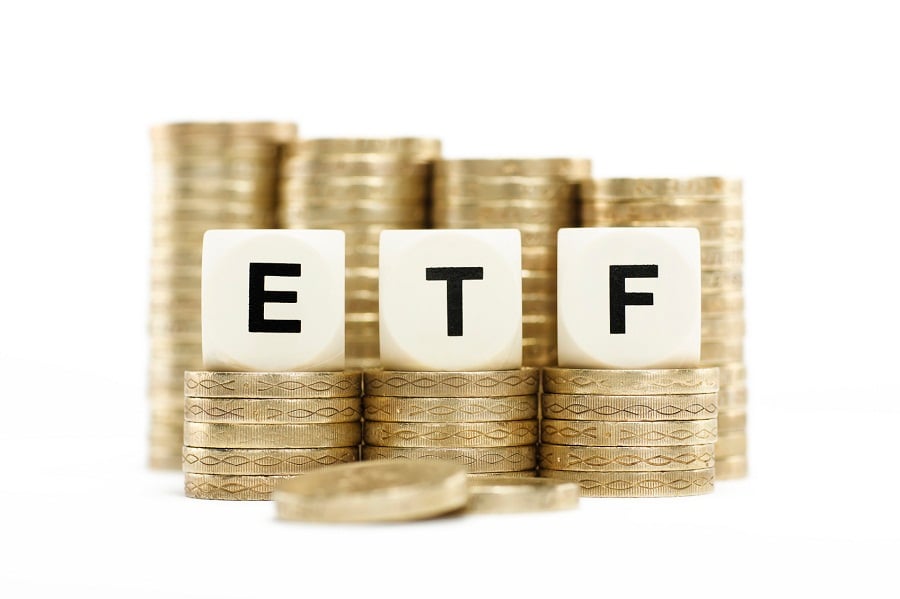

In the experiment of performance-based mutual fund fees, Fred Alger Management is shifting gears toward the anticipated success of another fund model that it hopes will attract more investors to some overlooked portfolios.
After nearly three years of operating the Alger 25 Fund (ATFPX) with an expense ratio that adjusted based on past performance, the asset manager is locking fees at 45 basis points as it prepares to launch the same portfolio strategy in a semitransparent ETF wrapper.
The Alger 25 fund, which had grown to less than $25 million despite very strong performance in the active strategy, cut the fund’s current expense ratio by 10 basis point on Nov. 1.
The fund, which is up more than 29% so far this year, and gained more than 33% last year, was launched with a sliding expense ratio that ranged from 30 basis points to as high as 80 basis points depending on the 12-month trailing performance relative to the S&P 500 Index.
The S&P is up 2.5% this year and gained 28.9% last year, so the indicators suggest the Alger fund’s adjustable fee was headed for another bump up at year end.
While it’s rare to see a high-performing fund cut its expense ratio by more than 18%, especially so close to the crucial three-year anniversary, Alger chief distribution officer Jim Tambone said the decision is more about the next product than the success of the current one.
“It’s not any negative judgment about fulcrum fees because on a personal level I like them, but in February we’ll be launching a semitransparent ETF and they can’t have fulcrum fees,” he said. “That left us with the dilemma of having similar strategies, one with fixed fee and one with fulcrum fee.”
In addition to the Alger 25 Fund, the asset manager also plans to remove the fulcrum fee from the Alger 35 Fund (ATVVX). Alger 35, which is up more than 41% this year after gaining 30% last year, has grown to less than $15 million and will be stacking up against a mid-cap semitransparent ETF slated for launch early next year.
Alger, which has $37 billion under management across 33 funds, will be using the semitransparent ETF wrapper for its debut into the ETF space.
Todd Rosenbluth, director of mutual fund and ETF research at CRFA, acknowledged the benefits of fulcrum fees in giving investors an incentive to stick with actively-managed funds but said there’s no avoiding the trend toward lower fees.
“Active funds like this tend to charge 1% or higher, and 45 basis points is in line with what we’re seeing from active ETFs,” he said. “I think the fulcrum fee has good intentions to put the asset manager on the same side as investors, but a fund’s expense ratio that gyrates can be harder for an adviser to educate their clients about.”
That might explain why the two strong-performing Alger funds have such low asset levels. That and the fact neither fund has reached its three-year anniversary yet.
Mark Struthers, founder of Sona Wealth, said fulcrum fees appeal to him at least in theory.
“I don’t currently (allocated to funds with fulcrum fees), but I would if it was the right fit in the portfolio and the client was made aware and understood the risks and costs,” he said. “Within moderation, this type of fee schedule does appeal to me as long as the client is on board.”

Relationships are key to our business but advisors are often slow to engage in specific activities designed to foster them.

Whichever path you go down, act now while you're still in control.

Pro-bitcoin professionals, however, say the cryptocurrency has ushered in change.

“LPL has evolved significantly over the last decade and still wants to scale up,” says one industry executive.

Survey findings from the Nationwide Retirement Institute offers pearls of planning wisdom from 60- to 65-year-olds, as well as insights into concerns.
Streamline your outreach with Aidentified's AI-driven solutions
This season’s market volatility: Positioning for rate relief, income growth and the AI rebound
